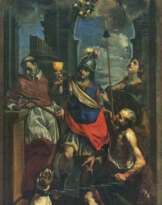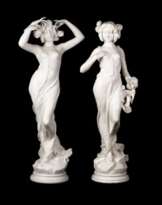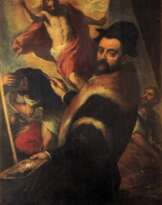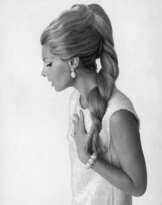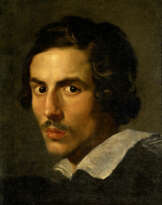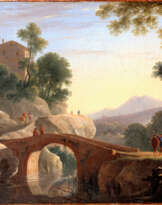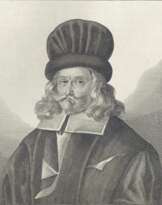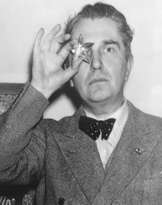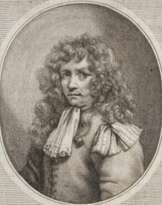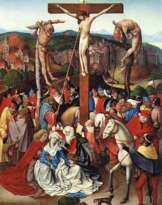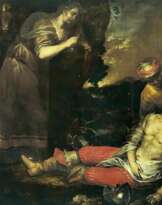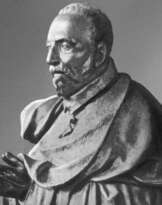Filippo Lippi (1406 - 1469)

Filippo Lippi
Filippo Lippi, a Florentine painter of the Early Renaissance, emerged as a pivotal figure in the second generation of Renaissance artists. His life, marked by both artistic brilliance and personal controversy, is a testament to the vibrant cultural milieu of 15th century Italy. Born around 1406 in Florence, Lippi's journey into art was shaped by his early exposure to the frescoes of Masaccio in the Brancacci Chapel, fostering a style that balanced the devotional traditions of religious art with the burgeoning humanist ideals of the Renaissance.
Lippi's work is renowned for its distinctive clarity of expression and the incorporation of narrative depth into religious themes. Among his most celebrated works are the frescoes in the cathedral of Prato, including the intricate narratives of St. John the Baptist and St. Stephen. These frescoes are particularly noted for their emotional depth and the dynamic portrayal of figures like Salome, hinting at the later developments in Renaissance art by artists such as Sandro Botticelli and Lippi's own son, Filippino Lippi.
His unconventional life, replete with tales of abduction by pirates and romantic liaisons that defied his monastic vows, did little to overshadow his artistic legacy. Lippi's relationship with Lucrezia Buti, a novice at the monastery where he was commissioned to paint, resulted in two children, including Filippino Lippi, who would follow in his father's artistic footsteps. Despite the controversies, Lippi enjoyed the patronage of the powerful Medici family, securing his position within the artistic circles of Florence.
Significant works by Lippi are housed in esteemed institutions such as the Uffizi Gallery and the National Gallery, London, allowing contemporary audiences to witness the mastery of his craft. His paintings, like "Madonna with the Child and two Angels," demonstrate a profound understanding of human emotion, rendered with a grace and sensitivity that elevate them beyond their religious subject matter.
For collectors and experts in art and antiques, Filippo Lippi's oeuvre represents a fascinating convergence of artistic innovation, personal narrative, and historical context. His contributions to Renaissance art continue to captivate and inspire, underscoring the timeless appeal of his work.
To stay informed about new product sales and auction events related to Filippo Lippi, sign up for updates. This subscription ensures that enthusiasts and collectors alike are always in the know regarding opportunities to engage with the enduring legacy of this Renaissance master.
| Date and place of birt: | 23 june 1406, Florence, Italy |
|---|---|
| Date and place of death: | 8 october 1469, Spoleto, Italy |
| Nationality: | Italy |
| Period of activity: | XV century |
| Specialization: | Artist, Painter |
| Art school / group: | Florentine School |
| Genre: | Animalistic, History painting, Portrait, Religious genre |
| Art style: | Renaissance, Old Masters |
